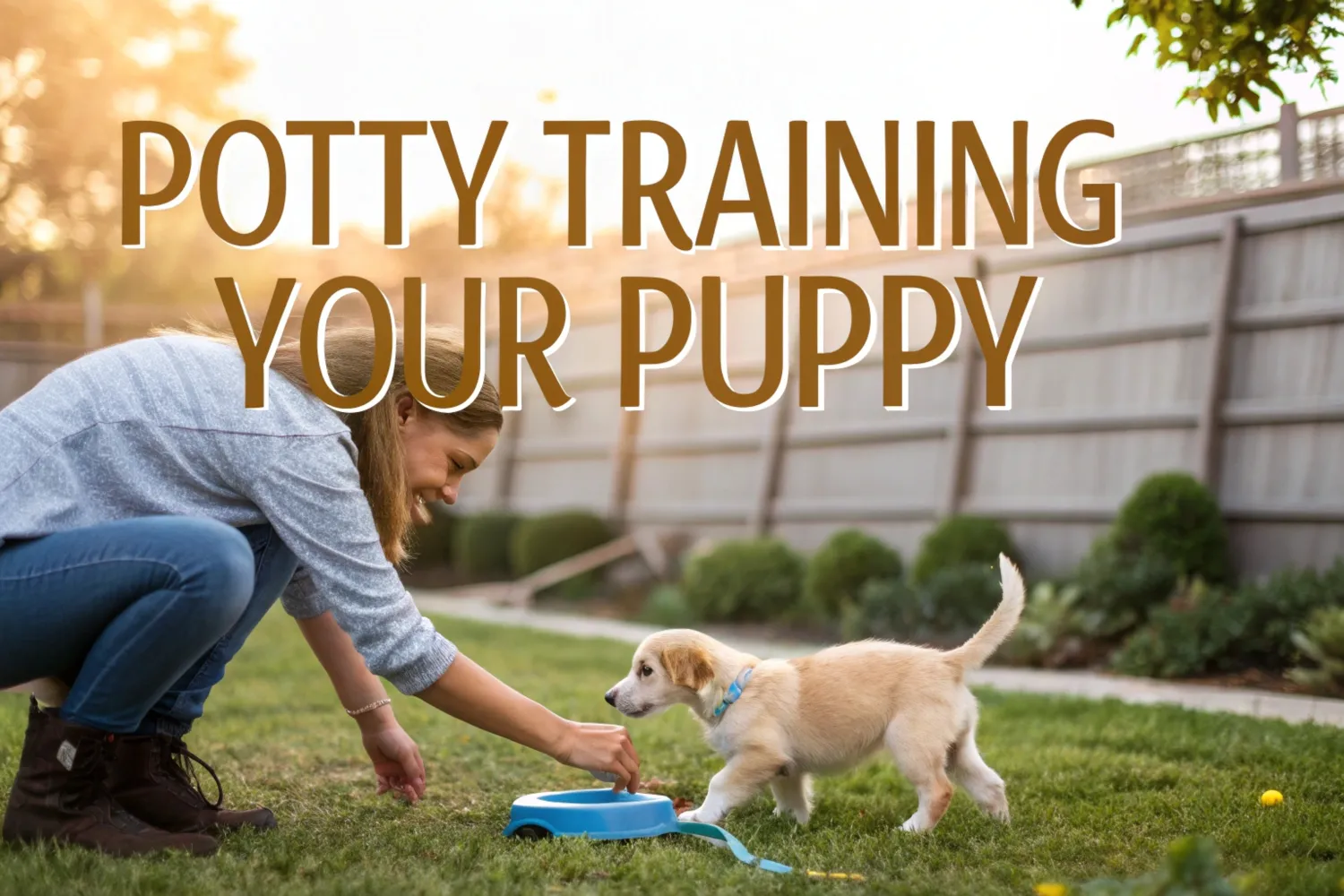Bringing a new puppy into your home is an exciting time, but it can also be a bit overwhelming, especially when it comes to potty training.
Potty training your puppy is an important part of responsible pet ownership and helps to maintain a clean and healthy home environment. In this blog post, we will discuss the five most effective potty training techniques to help you and your new furry friend get off to a great start.
1. Crate Training
Crate training is a popular and effective method for potty training puppies. The idea behind crate training is to create a safe and comfortable space for your puppy that they will not want to soil. Puppies have a natural instinct to avoid soiling their sleeping area, so by keeping them in a crate when you are not able to supervise them, you can reduce the chances of accidents happening in your home. To successfully crate train your puppy, follow these steps:
- Choose a crate that is large enough for your puppy to stand up, turn around, and lie down comfortably, but not so large that they can use one end as a bathroom and the other as a sleeping area.
- Introduce your puppy to the crate gradually, using treats and praise to create a positive association with the space.
- Establish a regular feeding and potty break schedule, taking your puppy out to eliminate first thing in the morning, after meals, and before bedtime.
- Gradually increase the amount of time your puppy spends in the crate as they become more comfortable and have fewer accidents.
2. Establish a Consistent Potty Schedule
Creating a consistent schedule is key to successful potty training. Puppies thrive on routine, so feeding them at the same times daily and taking them out to potty regularly helps them anticipate their needs. Puppies under 12 weeks should be taken outside every 1-2 hours, especially after meals, playtime, or naps.
3. Positive Reinforcement
Using positive reinforcement encourages your puppy to continue good behaviors, including potty training. When your puppy goes potty in the correct spot, reward them with praise, treats, or playtime. This creates a positive association with going potty outside.
- Be consistent with rewards, and remember it may take time for your puppy to understand.
- You can also use their favorite toy as a reward to keep them motivated.
4. Supervision and Confinement
When you are unable to supervise your puppy, it is essential to confine them to a small, puppy-proofed area or crate. This will help prevent accidents from happening in your home and give you peace of mind knowing that your puppy is safe and secure.
When you are able to supervise your puppy, keep a close eye on them and watch for signs that they need to go potty, such as sniffing, circling, or whining. If you notice any of these signs, take your puppy outside immediately to avoid an accident.
5. Create a Restricted Space
If you can’t supervise your puppy closely, create a restricted space where they are limited to a specific area in your home. This can be done by using baby gates or pens to prevent them from roaming freely. A confined space helps reduce the chances of accidents indoors and allows for more control over their movements. It also encourages them to hold it until you can take them outside.
6. Take Your Puppy Outside Frequently
Puppies, especially those under 12 weeks, need frequent potty breaks. Take your puppy outside every 1-2 hours, after meals, and following naps. This helps them form good bathroom habits and minimizes accidents indoors.
7. Designate a Specific Potty Area
Create a consistent potty spot outside where your puppy can go each time. This routine helps them associate the spot with potty time, making it easier for them to understand where they should relieve themselves.
8. Recognize Your Puppy’s Potty Signals
Puppies communicate when they need to go potty through body language. Look for signs like sniffing the ground, walking in circles, or heading toward the door. By recognizing these signals, you can take your puppy outside in time to avoid accidents.
9. Don’t Punish Accidents
If your puppy has an accident indoors, avoid scolding or punishing them. Puppies are still learning, and punishment can lead to confusion or fear. Instead, calmly clean up the mess and continue rewarding them when they potty in the correct place.
10. Use Puppy Pads if Necessary
Puppy pads can be useful for indoor potty training, especially during bad weather or when you can’t take your puppy outside frequently. Start by teaching your puppy to use the pad in a specific spot, and then gradually transition them to potty outside.
11. Be Patient and Consistent
Potty training takes time, and setbacks are normal. Stay patient and consistent with your schedule and rewards. As your puppy matures, potty training will become more predictable and successful.
12. Leash Your Puppy for Better Control
To help prevent accidents, always keep your puppy leashed and close by when you’re around. This allows you to quickly guide them outside if they show signs of needing to go potty.
13. Enroll in a Potty Training Class
If you are struggling with potty training your puppy or simply want some extra guidance and support, enrolling in a potty training class can be an excellent option. At K9 University, we offer a comprehensive Potty Training Your Puppy: What You Need to Know program that covers everything from crate training to positive reinforcement techniques. Our experienced trainers will work with you and your puppy to develop a personalized potty training plan that meets your specific needs and goals.
The Path to Potty Training Success
Potty training your puppy is an essential part of responsible pet ownership and helps maintain a clean and healthy home environment. By implementing these five effective potty training techniques, along with the additional tips, you can set your puppy up for success and enjoy a strong, lifelong bond with your new furry friend. For more information on our potty training services, please contact K9 University today.



